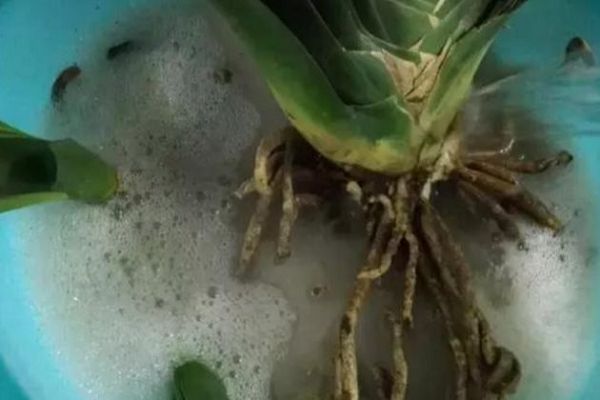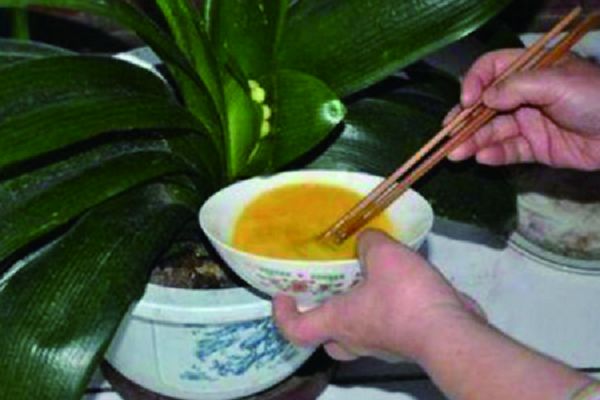How to trim the root of gentleman orchid by the method of changing pot

Flower friends may encounter these problems when raising magnolia. The longer the orchid is raised, the more roots will grow, and the more roots there will be, the less soil there will be. At this time, the gentleman orchid will grow worse and worse. At this point, we need to change the basin and trim the roots of the orchid properly.
So how should root pruning be done? Many novice flower friends do not know much about the method of root trimming for magnolia, and some flower friends may also come into contact with magnolia for the first time, and it is the first time to see root pruning. So today, Hua'ergu will introduce to you the method of pruning the root system of Magnolia.
First, clean up the soil
When we trim the roots of the magnolia, we must first shake off the soil covered by its roots. We take the orchid out of the flowerpot and cut off the water for a few days, so that the soil can be easily removed without causing excessive damage to the roots. We gently clapped our palms on the outside of the roots and soil. Let the soil be completely separated from the roots, we will slowly clean up the soil, and then use clean water to clean the roots of the orchid.
Second, trim the roots
The root of the orchid is fleshy, although it looks stout, but it is actually very fragile. In daily maintenance, with the decay of old roots and the growth of new roots, many roots will become rotten or empty and dry roots in the long-term growth process. We trim its roots by cutting off those roots that have begun to rot or have dried up.
Third, the method of root trimming
The technique of root pruning is actually very simple. We don't need tools when we can use our hands. For example, we'd better use our hands directly instead of using tools to shake off the soil, so as not to cause damage to new roots. When we trim the roots, we can clean the rotten roots with our hands, and we all deal with them directly and gently as far as possible. The use of tools will be relatively easy to lead to new root damage and other injuries.
After cleaning up the rotten empty roots, if we find that some new roots are badly hurt, we need to sterilize them. Common disinfectants include potassium permanganate and carbendazim. If the damage is less, we can just continue to take care of it.
Related
- Is the orchid suitable for indoor use? Is it good for the body?
- How to prevent the empty root of orchids?
- What to do after the crab claw orchid is withered?
- Why are the leaves of orchids always yellow? Fertilizing and watering.
- Can the root of the gentleman orchid be saved if it is rotten?
- Diagnosis and treatment of cotton-blowing beetle insects in Cymbidium
- There is a way for a gentleman's orchid to rot.
- What is the most suitable temperature and humidity for the orchid?
- How to raise a gentleman's orchid? Cultivation techniques of Cymbidium
- How to prepare the nutritive soil for the cultivation of Cymbidium



